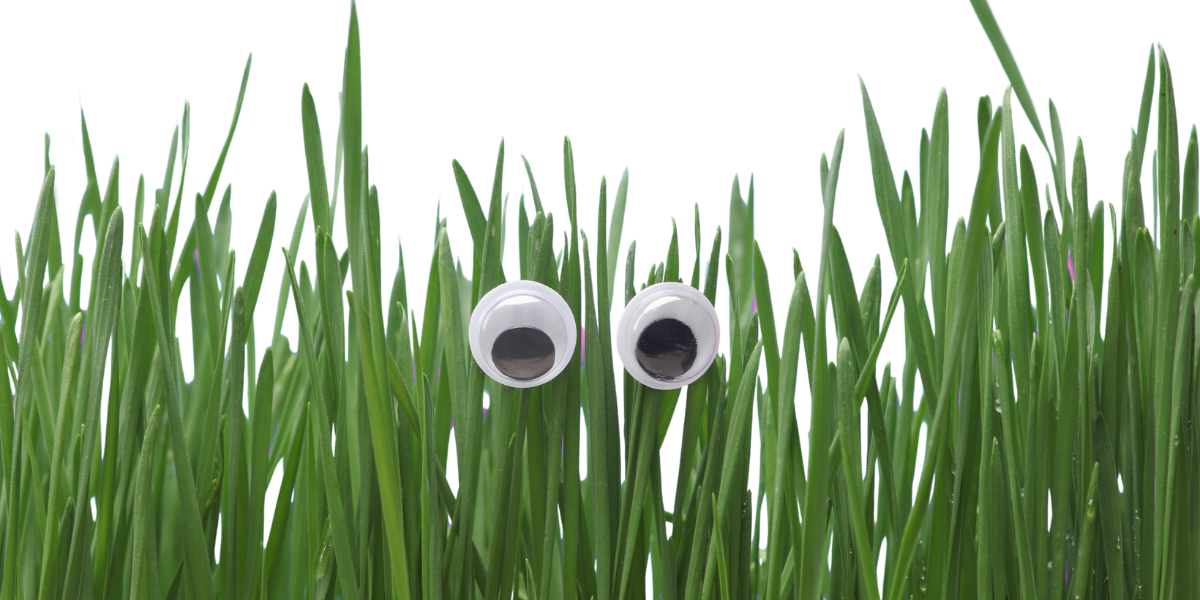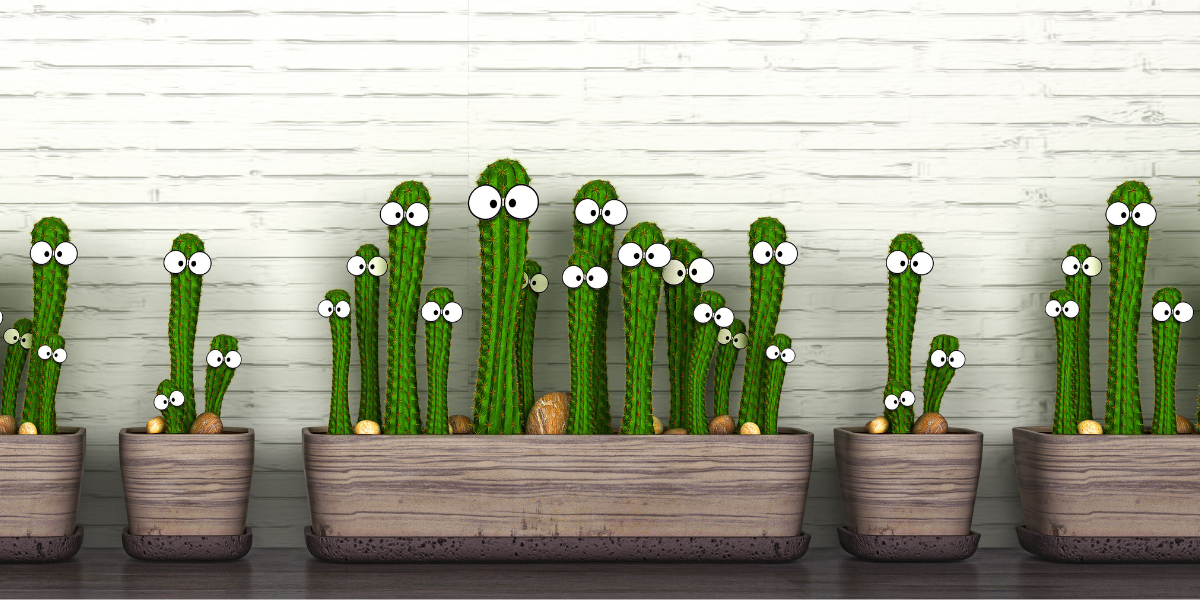
How to Teach Kids About Talking Plants at Home
When you teach kids about talking plants, you’re revealing one of nature’s most amazing secrets hiding in plain sight. Plants don’t just sit quietly in gardens – they actively communicate with each other through underground networks. Your child discovers that the flowers in your backyard send chemical messages, call for help when attacked, and even eavesdrop on their neighbours.
This incredible world of plant communication opens doors to understanding biology, chemistry, and ecology in ways that make science feel magical. Your child learns that plants have been using their own version of the internet for millions of years, connecting through fungal networks. These networks share information in the form of nutrients and chemical signals across large forest networks.
Plants Have Their Own Biological Internet
The most fascinating way plants communicate happens beneath your feet through an underground network scientists call the “wood wide web.” This biological internet connects plants through fungal threads called mycelia that stretch between root systems. When one plant faces danger, it sends chemical signals through these connections to warn its neighbours.
Your child can explore this hidden world by examining fungi in your own garden or local park*. These mushrooms and fungal networks represent just the visible part of massive communication systems that help plants survive and thrive. You could even start a simple fungus garden project together, watching how these organisms create the connections that let plants share information about threats, resources, and survival strategies.

How Plants Call for Emergency Help
Plants have developed amazing ways to call for backup when they’re under attack by hungry insects or animals. Wild tobacco plants release nicotine to poison most herbivores, but this doesn’t work against hornworm caterpillars. So the plant sends out chemical distress signals that attract caterpillar-eating predators to solve the problem naturally.
Your child can learn about these plant defense strategies by watching “What Plants Talk About” – a fascinating PBS documentary available on Netflix or YouTube. Try acting out these plant-animal relationships at home where your child plays different roles: the tobacco plant calling for help, the hungry caterpillars, and the helpful predators that come to rescue the plant.
Plants Switch Communication Partners for Better Survival
When you teach kids about talking plants, they discover that plants can actually choose who they communicate with based on survival needs. Wild tobacco normally attracts hawk moths for pollination, but these moths lay caterpillar eggs that damage the plant. So the tobacco changed its flower shape and blooming time to stop attracting hawk moths.
Instead, the plant started communicating with hummingbirds – pollinators that don’t threaten the tobacco with hungry offspring. This plant defence lesson shows your child how organisms adapt their communication strategies for better survival outcomes. Your child learns that plants aren’t passive but actively make decisions about partnerships that help them thrive in challenging environments.

Plants Can Eavesdrop on Their Neighbours and Enemies
Plants constantly listen to chemical conversations happening around them and prepare for potential threats accordingly. When one plant gets attacked and releases distress chemicals, neighbouring plants receive these signals and activate their own defense systems. Plants can detect chemical compounds released by insects and activate defences when they sense potential threats.
This amazing ability shows your child that plants are constantly aware of their surroundings and responding to threats through chemical and genetic mechanisms. TEDEd’s lesson on plant communication explains these concepts beautifully for young learners. This comprehensive lesson about plant invasion and defence provides additional activities you can modify for home learning about how plants protect themselves and their communities.
Why Learning About Plant Communication Captivates Young Minds
Teaching kids about talking plants transforms how your child sees the natural world around them completely and permanently. Every garden visit becomes an opportunity to observe communication networks, defense strategies, and survival partnerships that most people never notice. Your child develops scientific observation skills while building appreciation for the complexity and intelligence of plant life.
These lessons also introduce fundamental biology concepts like chemical signalling, adaptation, and ecosystem relationships through concrete examples your child can understand and remember. When plants become active communicators rather than passive decorations, your child engages with nature in ways that build lifelong curiosity about biological processes and environmental science.

Discovering the Hidden Intelligence of Plant Life
Plant communication research reveals that organisms we considered simple actually have complex response systems with intricate social networks and survival strategies. Your child learns that biological responses take many forms in nature and that chemical communication is widespread. These discoveries help young learners think more broadly about life, consciousness, and the amazing range of survival strategies on Earth.
When you teach kids about talking plants, you’re building scientific literacy alongside environmental awareness and respect for natural complexity. Your child gains vocabulary, observation skills, and biological understanding while developing the kind of curiosity that leads to lifelong learning and environmental stewardship throughout their educational journey and beyond.

Ready to Cultivate Your Child’s Scientific Curiosity?
If you want to nurture your child’s fascination with plant communication and other amazing scientific discoveries, School is Easy’s experienced tutors know exactly how to build on natural curiosity while developing strong academic skills. Contact School is Easy today to discover how we can support your child’s scientific journey and help them develop confidence in all their academic subjects.
See other focused science lessons on our blog!
- Focused lesson — teaching kids the science of honeybees
- Science lesson: teach students about autumn’s nature changes
- Focused science lesson: teaching kids about salmon controversies during the B.C. salmon run
- Focused learning: the history of tea and the science behind it
- Optical illusions: A hands-on science activity for kids
*When exploring fungi and mushrooms with children, never allow them to touch, pick, or eat any wild mushrooms or fungi. Many mushrooms are toxic and can cause serious illness or worse. Only observe fungi from a safe distance during outdoor activities. Always supervise children during nature exploration and teach them never to put any wild plants or fungi in their mouths. If accidental ingestion occurs, contact emergency medical services/poison control immediately.




